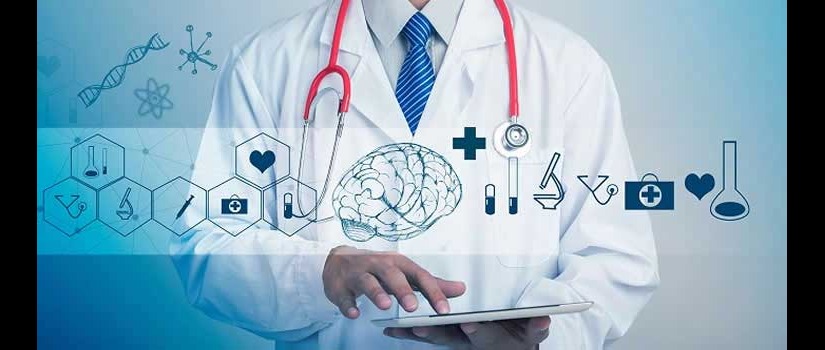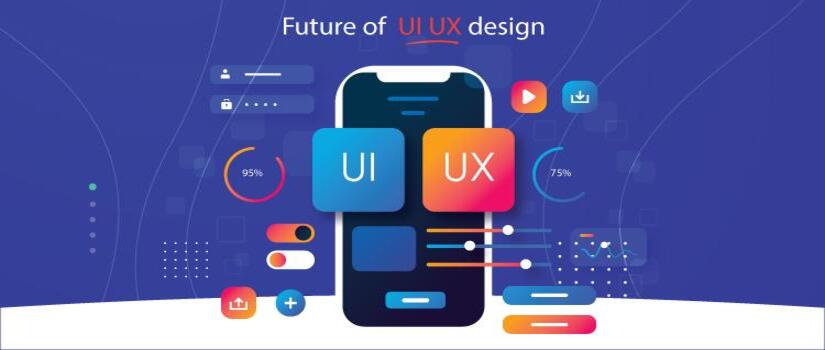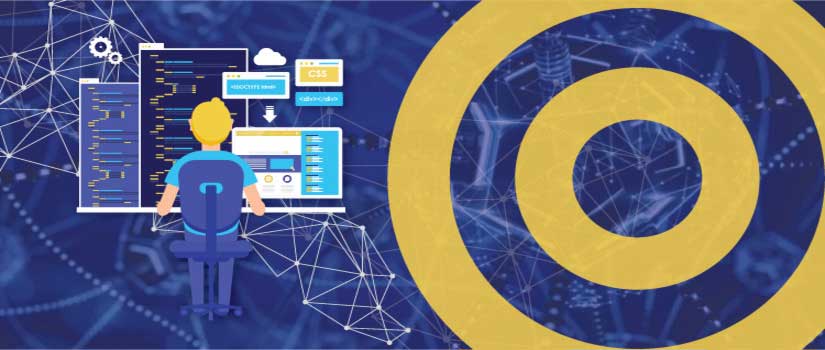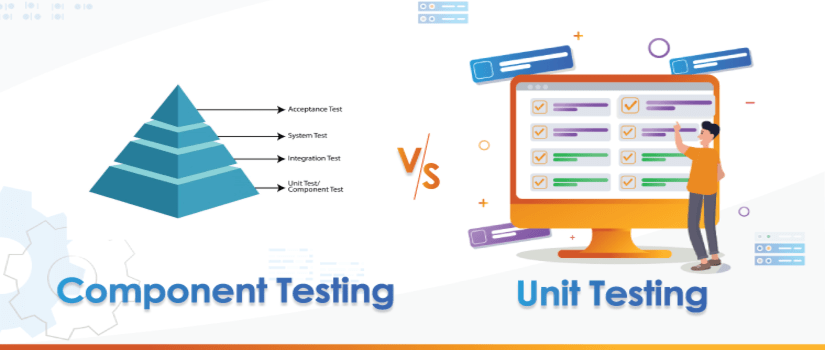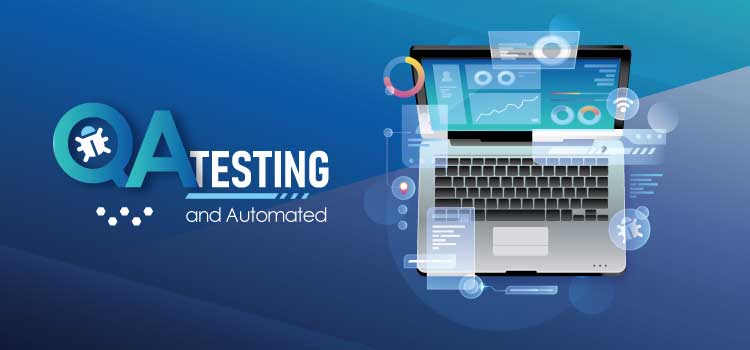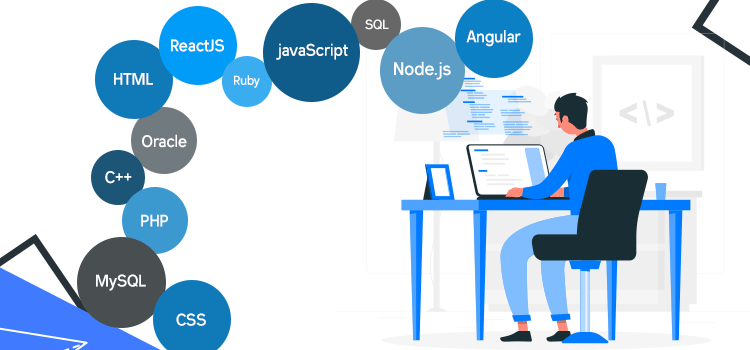Technology has played a distinctive role in healthcare data. Patient data in this age of extremely rapid technology advancements are becoming more and more critical to not only the health practitioners but also to all the stakeholders of this giant healthcare vertical.
Knowledge of informatics is becoming imperative for health practices. The collection of patient data is vital, and it gets collected through a number of resources. The data collected by healthcare organizations is stored in Personal Medical Records, Electronic Health Records, and Electronic Medical Records.
American Health Information Management Association AHIMA calls to action for implementing standards for data content and documentation, continuous quality improvement strategies to support quality data and information, educating consumers regarding their role in ensuring the quality of health care data.
To maintain the Quality of Data, AHIMA ‘American Health Information Management Association has proposed 10 parameters to define the scope of standards that help maintain the Quality of Data, which are as follows:
• Precision
• Timelessness
• Definition
• Granularity
• Consistency
• Comprehensiveness
• Accuracy
• Relevancy
• Accessibility
• Currency
Enterprise Data Warehouses EDWs primarily store and retain the data. Healthcare data analysts analyze and interpret the data by Data capturing, Data Analysis, and Data Provisioning.
Data Capture involves acquiring key data elements and the integration of data capture into an operational workflow. Data Analysis is comprised of interpreting data, evaluating Data Quality, and finding new information in the data. Data Provisioning involves moving data from transactional systems into the Enterprise Data Warehouse and building on top of the visualization for the use of clinicians.
Electronic Health Records & Electronic Medical Records EHRs are holders of digital records of patient data and provide real-time access to the data. More than 85% of the practices have opted for EHRs.
Mobile health has brought a big shift in receiving and sending data. This market vertical is supposed to worth more than $20 bn in 2020.
Healthcare practices are creating their own custom web portals for their patients to access their data and to ease the communication with the care providers. This market vertical seems to be growing fast. The expected market worth by 2020 is around $2.7 bn.
Telehealth uses electronic information along with telecommunication Technology in Healthcare to allow remote options. The expected worth in 2020 is to exceed $30 bn.
Self Service Kiosks help patients in self-hospital registration, identification, doing necessary paperwork, etc. The estimated worth in 2020 is to exceed $17 bn.
Patient data gets stored and collected in different formats, however, there are certain challenges that come along which are as follows:
1. High Storage Costs.
2. Modern technologies require trained staff
3. The accuracy of self-reported issue can be a problem
4. Vendors do not offer adequate standardization, not all of the data is easily transferable or compatible with multiple technologies or applications.
Reports state that the healthcare system in the United States generated up to 150 exabytes of data in 2011. Experts say the big data in the country will reach the zettabyte (1021 gigabytes) scale before hitting the yottabyte (1024 gigabytes) mark.
The data plays a critical role in the delivery of Healthcare Services. Some of the key functions that leverage the information include disease surveillance, clinical decision support, and population health management.
Ref: https://onlinenursing.duq.edu/blog/patient-data-age-technology/
A lot has been done in the past recent years to manage the quantity and improve the quality of Patient Data.
The quest is now to use different types of Analytics on patient data and how healthcare analytics can improve patient care.
Data analytics is defined as the practice of taking big volumes of aggregated data and analyzing them in order to draw important insights and information contained therein.
Patient Data is now used to run healthcare analytics. The era demands to provide new methods by implementing healthcare analytics to evaluate the performance of health care practitioners at the point of delivery.
Health care analytics based on patient data is critical not only for chronic disease but also are setting completely new parameters for the health industry.
Predictive analytics is becoming more and more useful to the industry. Patient data and what sits on top of this data that is Analytics is going to decide the future roadmap for the healthcare industry.
Conclusion
Technologies that support Data Analytics will become an integral part of the healthcare industry. Technological innovation will continue to transform the way healthcare organizations handle data. In the ever-changing technological advances, data will continue to play a significant role in the healthcare industry.
If you have any data needs for your healthcare practice, feel free to Contact Us.

